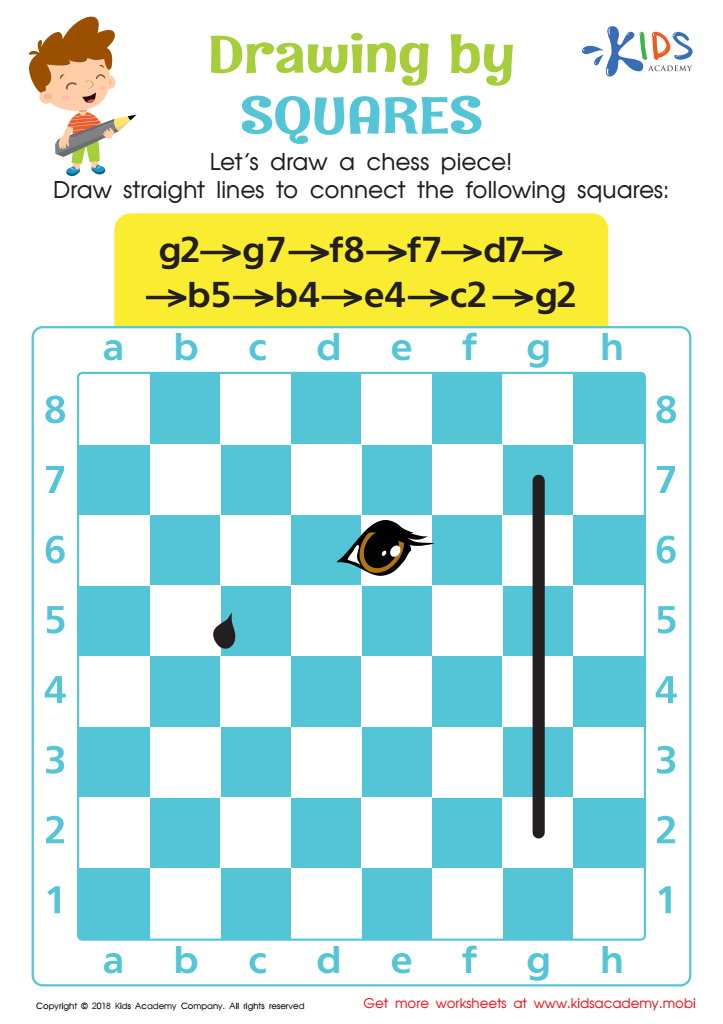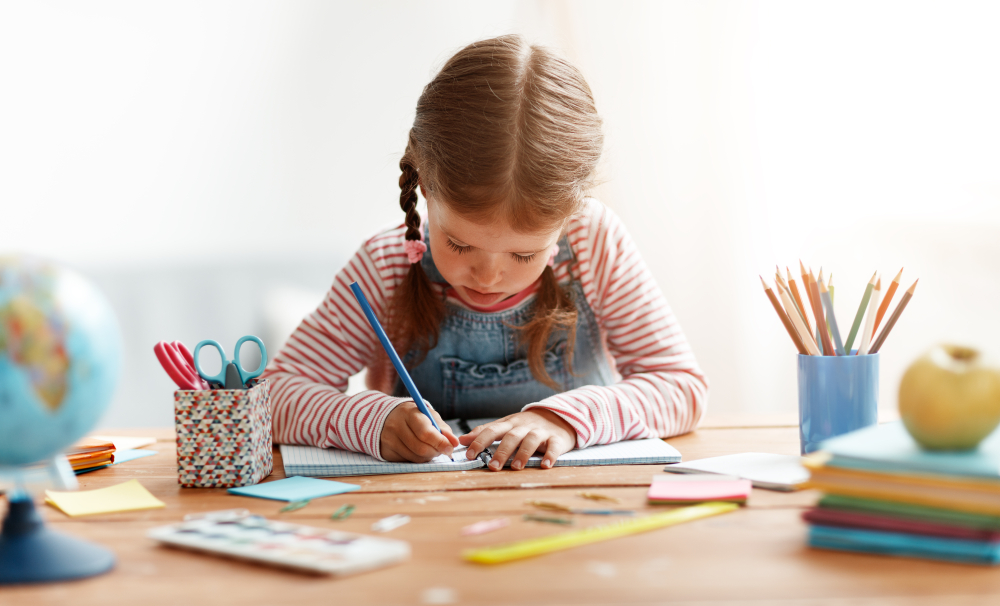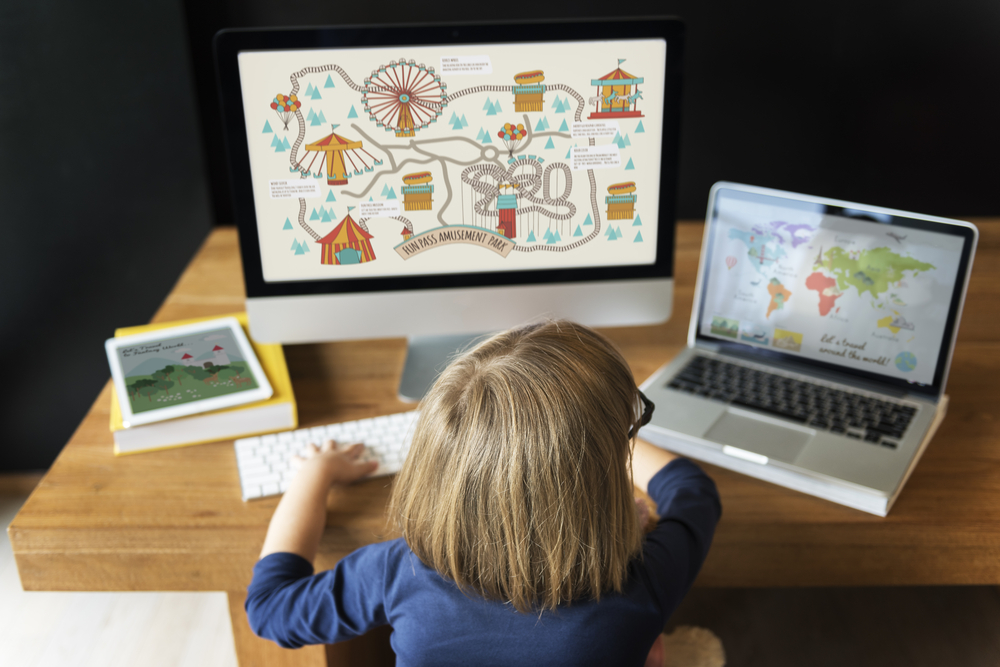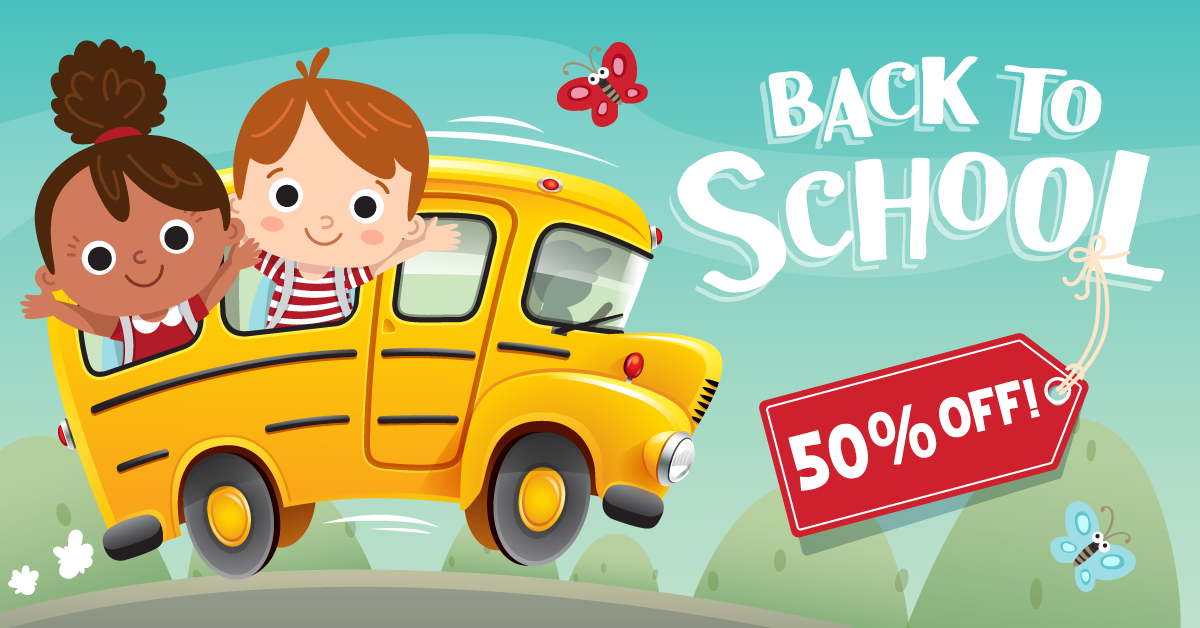Enhances focus and patience Worksheets for Kids
1 filtered results
-
From - To


Drawing by Squares Worksheet
Question/Answer
What does the Enhances focus and patience skill mean when it comes to Grade 1 Chess learning?
The "Enhances focus and patience" skill in Grade 1 Chess learning means that engaging in chess helps children improve their ability to concentrate and patiently think through their actions and the consequences. This skill development is crucial for young learners as it aids in building their capacity for strategic thinking and problem-solving, both critical in chess and everyday life.
Why is the Enhances focus and patience skill important for Grade 1 students?
The "Enhances focus and patience" skill is crucial for Grade 1 students because it lays the foundation for successful learning. At this formative stage, developing the ability to concentrate on tasks and patiently work through challenges is essential.
How to train the Enhances focus and patience skill in Grade 1 students learning about Chess?
To train enhanced focus and patience in Grade 1 students learning chess, start with simple, engaging activities like identifying chess pieces and their moves. Use short, interactive games focusing on one concept at a time. Employ visual aids and stories to make learning enjoyable.
 Assign to the classroom
Assign to the classroom












